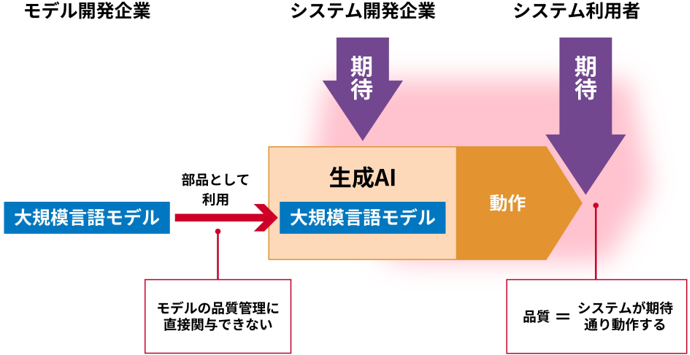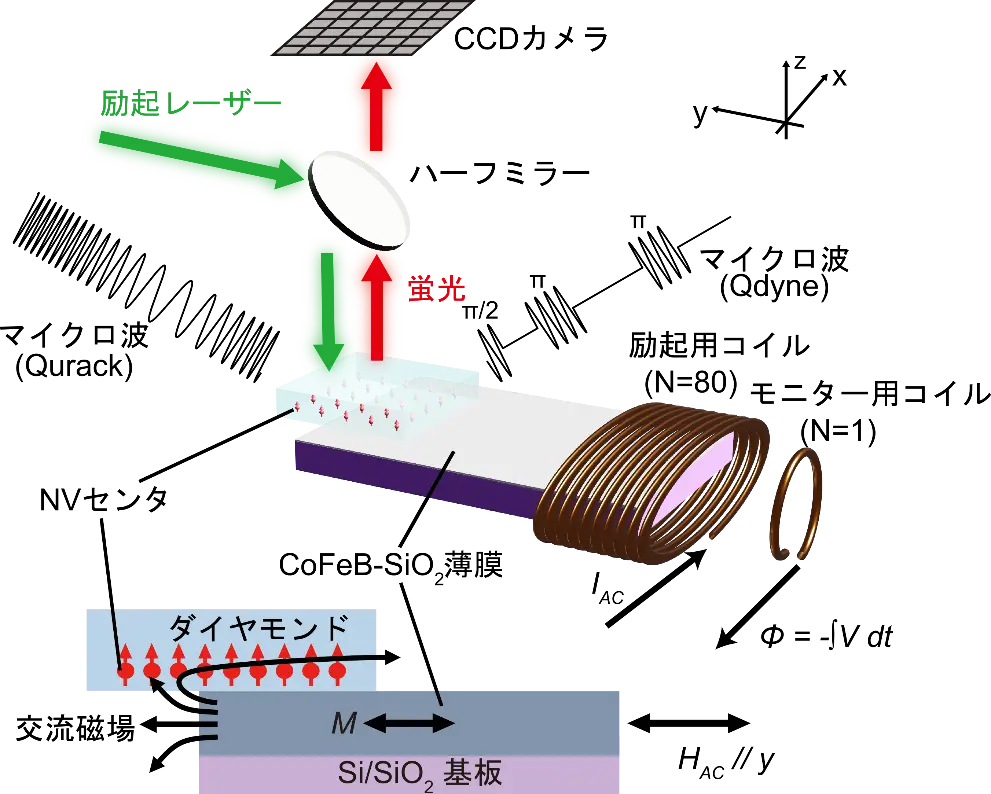2025-05-26 愛媛大学

温度880℃、圧力2.3万気圧における実験結果の一例
<関連情報>
- https://www.ehime-u.ac.jp/data_relese/pr_20250526_grc/
- https://www.ehime-u.ac.jp/wp-content/uploads/2025/05/pr_20250526_grc.pdf
- https://agupubs.onlinelibrary.wiley.com/doi/10.1029/2025GL114960
地球の上部マントルの温度圧力条件下における応力記憶効果 A Stress Memory Effect in Olivine at Upper Mantle Pressures and Temperatures
T. Ohuchi, Yuji Higo, Noriyoshi Tsujino, Sho Kakizawa, Yusuke Seto, Yoshio Kono, Hirokatsu Yumoto, Takahisa Koyama, Hiroshi Yamazaki, Yasunori Senba, Haruhiko Ohashi, Ichiro Inoue ,…
Geophysical Research Letters Published: 10 May 2025
DOI:https://doi.org/10.1029/2025GL114960
Abstract
Cyclic deformation experiments on olivine aggregates have been conducted at pressures of 1.9–2.8 GPa and temperatures of 297–1250 K. Measurements of mechanical data combined with acoustic emission (AE) monitoring revealed that activity of AE increased with differential stress and ceased once loading was halted in the anelastic regime. AE output abruptly recommenced when the differential stress exceeded the previous maximum stress during a reloading cycle at temperatures lower than 1150 K (i.e., the stress memory effect). In contrast, a number of AEs radiated even at stresses much less than the previous maximum stress (i.e., breakdown of the memory effect) as a result of a 1-hr annealing treatment at 1250 K before each reloading cycle. These observations are explained by the accumulation/release of back stress in olivine crystals. Due to sluggish release of back stress in olivine, the stress memory effect could be effective under the pressure-temperature conditions of subducting slabs.
Key Points
- Cyclic deformation experiments on olivine were performed at upper mantle pressures
- Activity of acoustic emissions are limited when the differential stress exceeds the previous maximum stress
- The stress memory effect breaks down if the accumulated back stress is released
Plain Language Summary
The Kaiser effect, which is known as a stress memory effect, predicts that seismic events occur only when the previous maximum stress is exceeded. Therefore, the Kaiser effect has been applied for the estimation of the magnitude of “in situ” stress on crustal rocks in the community of geotechnical engineering (including forecasting earthquakes). Geodetic observations have revealed that the time dependency of seismicity synchronized with inflation/deflation of a volcano is well explained by the Kaiser effect. However, the Kaiser effect has only been tested at room temperature in laboratories. Here, we performed deformation experiments on natural olivine at high pressures and high temperatures via a state-of-the-art technology large-volume deformation apparatus combined with a microseismicity monitoring technique. We have successfully confirmed a stress memory effect (corresponding to the Kaiser effect in a broad meaning) in strongly deformed olivine at high pressures and high temperatures. The observed memory effect could be effective in the seismic zones of subducting slabs.



